iIT DISTRIBUTION — SMART SOLUTIONS ADVANTAGES
We are a specialized Value Added Distributor, continuously growing in the distribution of complex B2B solutions. Our focus is on providing cutting-edge information technology equipment and software solutions from top global vendors. Our offerings are designed to support organizations of all sizes in building modern IT infrastructures and ensuring effective cybersecurity against current information security threats.

Choose country
Solutions
The iIT Distribution portfolio encompasses advanced high-tech solutions, network, and server technologies, addressing challenges in software and hardware infrastructure construction, technology-oriented complexes, local area networks, integrated systems, and information security services. We specialize in optimizing IT utilization, enhancing efficiency, and leveraging telecommunications infrastructures for our clients.

CYBERSECURITY
IT INFRASTRUCTURE
OUR VENDORS
The reputation of a reliable and competent partner who always fulfilling his obligations and proving his expertise has allowed us to build strong relationships with the world's vendors, leaders according to IDC and Gartner.

A10 Networks is a prominent player in application delivery and security solutions, serving as a trusted innovator in enhancing online infrastructure and protection.
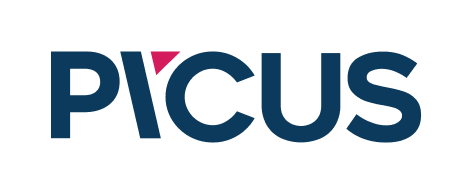
Picus Security is a renowned pioneer in continuous security validation, providing organizations with real-time insights to enhance their cybersecurity posture.

Cossack Labs is a distinguished cybersecurity firm specializing in advanced data protection solutions, safeguarding sensitive information for businesses and individuals.

CrowdStrike is a globally recognized leader in endpoint security, delivering cutting-edge solutions that protect organizations against evolving cyber threats with unparalleled precision and efficiency.

Gatewatcher is a leading cybersecurity company known for its proactive threat detection and network monitoring solutions, providing organizations with enhanced protection against emerging cyber threats.
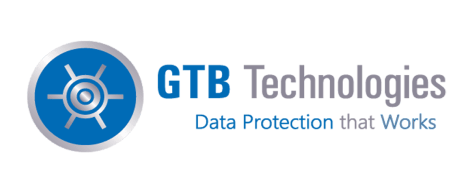
GTB Technologies is a prominent cybersecurity company celebrated for its data loss prevention (DLP) solutions, empowering organizations to safeguard sensitive information and prevent data breaches with advanced technology and intelligence.
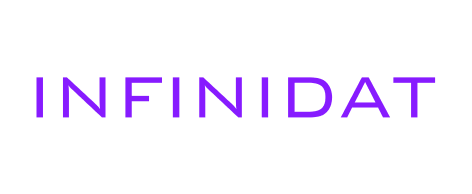
Infinidat is a distinguished data storage solutions provider renowned for its innovative and high-performance storage systems, empowering enterprises to efficiently manage and secure their critical data assets.
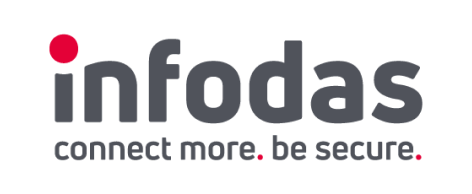
Infodas is a renowned cybersecurity company specializing in secure information sharing and trusted computing solutions, enabling government and enterprise clients to safeguard sensitive data and ensure secure communication.

TerraZone offers a multi-layered security architecture that leads the way in combined “Zero Trust” product architecture that protects cloud and on-prem environments for enterprises of all industries and sizes.
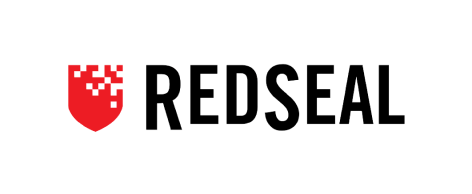
RedSeal Networks is a leading provider of cybersecurity risk management solutions, known for its proactive approach to analyzing and securing network infrastructures, helping organizations enhance their resilience against cyber threats.
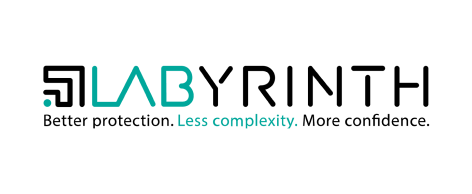
Labyrinth is a deception platform provider. A reliable tool for identifying threats in networks with a blurred protection perimeter.
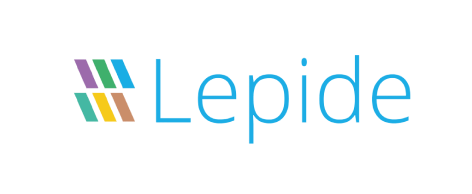
Lepide is a prominent cybersecurity company known for its advanced data-centric auditing and security solutions, helping organizations detect and respond to threats while ensuring compliance with data protection regulations.
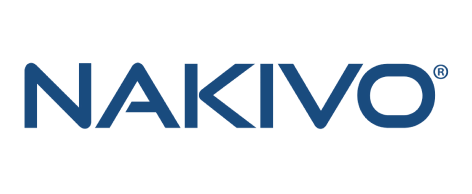
NAKIVO is a leading provider of data protection and backup solutions, widely acknowledged for its reliable and efficient services that safeguard critical data for businesses of all sizes.

Threema is a company specializing in secure messaging and communication solutions, prioritizing user privacy and data protection in an increasingly connected digital world.

WALLIX is a renowned cybersecurity company known for its privileged access management (PAM) solutions, empowering organizations to efficiently manage and secure their privileged accounts and critical data assets.
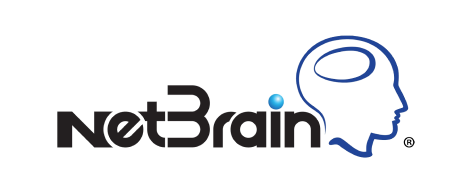
NetBrain Technologies is a recognized market leader in network automation, providing innovative solutions that streamline network management and enhance operational efficiency for enterprises and IT professionals.

Lookout is a trusted leader in mobile security, known for its advanced threat detection and mobile device protection solutions, safeguarding businesses and individuals against evolving cyber threats in the mobile landscape.

Automox is a cloud Patch management platform for managing and protecting endpoints.

LogRhythm is a top-tier cybersecurity company specializing in SIEM solutions that enable organizations to proactively detect and respond to security threats with advanced analytics and automation.

Cynet is a prominent cybersecurity company recognized for its comprehensive threat detection and response platform, offering organizations advanced capabilities to protect against evolving cyber threats.

SOCRadar is a leading cybersecurity firm renowned for its state-of-the-art threat intelligence and response solution, empowering businesses with advanced tools to defend against constantly evolving cyber threats.
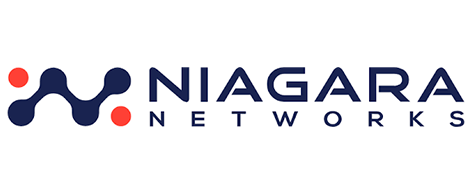
Niagara Networks specializes in network visibility solutions, offering products like network packet brokers and bypass switches to enhance network performance and security. Their innovative tools cater to service providers, enterprises, and government agencies, providing efficient and secure data flow management across complex network architectures.

Protectimus is a company focused on providing comprehensive cybersecurity solutions, primarily specializing in two-factor authentication (2FA) services. Their offerings are designed to enhance digital security for organizations by adding an extra layer of protection to sensitive data and systems, preventing unauthorized access.

SOTI is a global leader in mobile and IoT device management, offering solutions that enable businesses to securely manage and control their mobile devices and connected peripherals. Their technology emphasizes enhancing operational efficiency, reducing costs, and securing enterprise mobility.

Fastly is a key player in content delivery networks (CDN) and edge computing, offering technologies that enhance web and application performance, improve security, and ensure scalability. Their services include advanced caching for faster content delivery, robust security measures like DDoS protection, and programmable environments for custom solutions. Fastly helps businesses optimize online presence and user experience, making it essential for companies seeking improved operational efficiency and security.

Holm Security delivers unparalleled 360-degree coverage and comprehensive insight to enable you to detect vulnerabilities, assess risk, and prioritize remediation for every asset across your entire organization.

Spin.AI is an innovative provider of SaaS security solutions for mission-critical SaaS apps (Microsoft 365, Google Workspace, Salesforce, and Slack). All-in-one SpinOne platform helps organizations mitigate risk, save time, reduce downtime, and improve compliance.
CONTACT FORM
Didn't find a suitable option? Contact us
